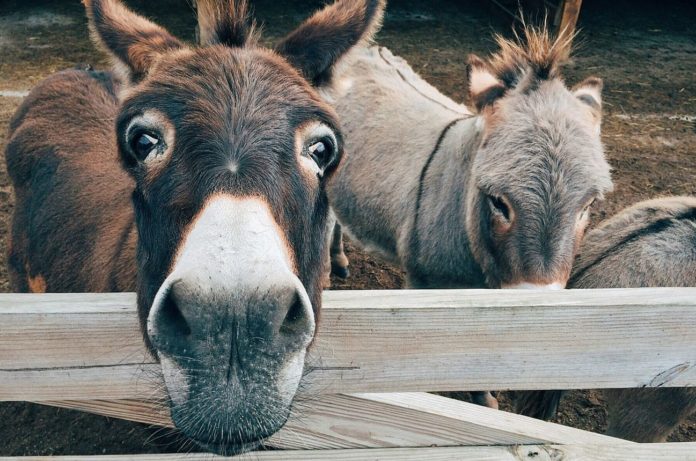An international team of archaeologists conducted an experiment that calls into question the authenticity of artifacts from the Olduvayan civilization, or mode 1 industry of the first Paleolithic.
The Paleolithic, the longest era in human history, began about 2.6 million years ago, when hominids began to produce the most basic stone tools. They are part of the Olduvai archaeological culture (Olduvayense), which takes its name from the initial discoveries made in Tanzania’s Olduvai Gorge.
The oldest known stone tools have been discovered in Ethiopia, specifically in Gona (2.7-2.5 million years ago), Omo (2.5-2.4 million years ago), and Hadar (2,5 million years ago), as well as in deposits in Kenya, Tanzania, and the Democratic Republic of the Congo.
However, distinguishing earlier stone tools from aeolian ones, that is, from pseudo-tools, might be difficult at times. The particular cut in its exterior surface is the key clue that the debris was produced by a hominid’s hand and not by natural forces.
Furthermore, scientists observed that the Black-striped capuchin (Sapajus libidinosus) that dwell in Brazil not only utilize the stones to shatter the fruit of the oil palm and the shells of the mollusks, but they also split the stones purposely. Archaeologists will have additional constraints as a result of this.
Santiago David Domnguez-Solera and his colleagues at the University of Alcalá discovered that members of the Equidae family (Equidae) can break rocks with their hooves, producing artifacts that resemble hominid stone tools.
On a farm in Cuenca, the scientists decided to watch three saddleless donkeys (Equus africanus asinus) weighing between 200 and 300 kilos and a horse (Equus caballus) weighing roughly 500 kilos.
The animals were housed in an open enclosure that spanned around one hectare. Donkeys had already broken up the calcareous rocks in the area. After confirming that the rocks were actually shattered by animals by scraping their hooves on the ground and digging up the rocks, the scientists conducted an experiment in which they introduced 12 quartzites and two flint boulders comparable to those used by the Olduvai culture’s hominids.
The scientists discovered that donkeys and a horse kicked their hooves against rocks during the 52-hour experiment. As a result, five cobblestones were broken. They contained 37 stone ‘artifacts,’ 15 of which were intact and 6 shattered, as well as five ‘cores.’ The researchers observed the animals for the next four months, during which time they discovered that the rock breaks were caused by both deliberate crushing of the claws and accidental collisions.
The study found that the ‘artifacts’ made by the animals were extremely similar to the stone tools produced by the Olduvai culture’s hominids. These artifacts resemble those made by striking a core into an anvil.
Scientists concluded that not only capuchin monkeys, but also members of the horse family, can fracture rocks that could be mistaken for hominins. Given that equids were common in hominin-inhabited settings, individual discovery of stone implements may necessitate more investigation.
Source: https://doi.org/10.1016/j.jasrep.2021.103260
Image Credit: Pixabay
You were reading: Donkeys make the first human industry tremble
